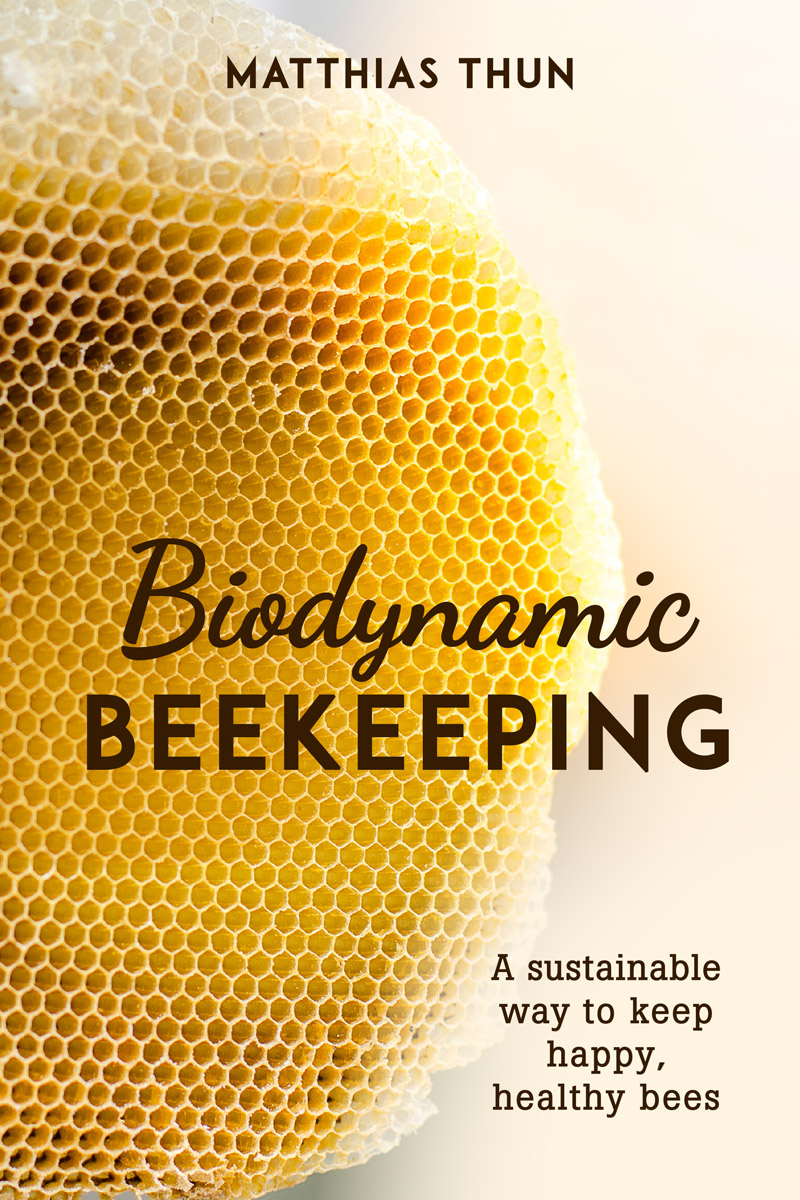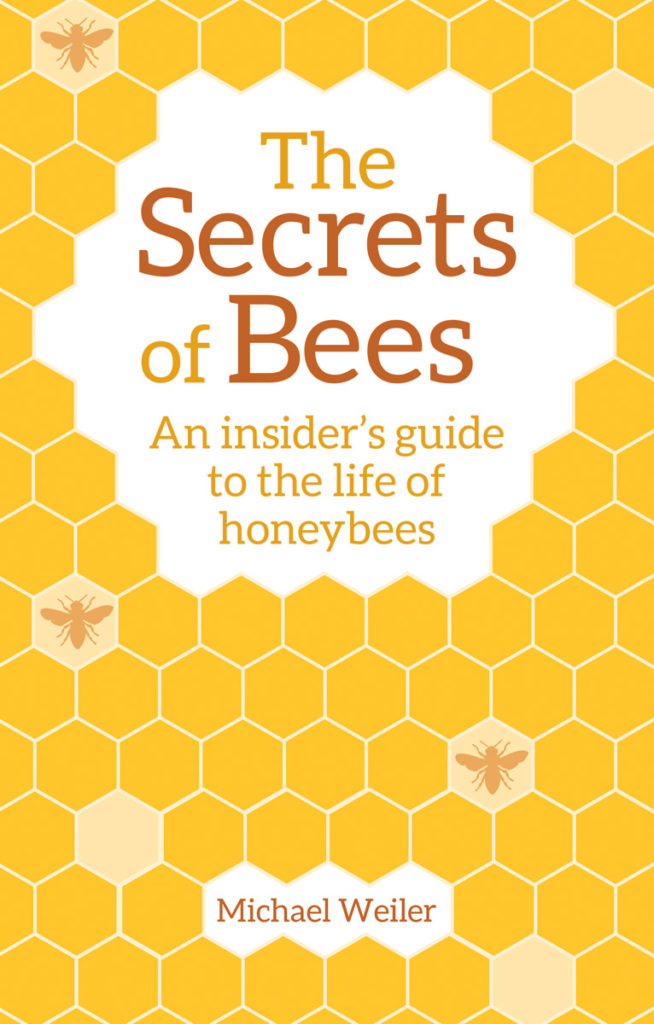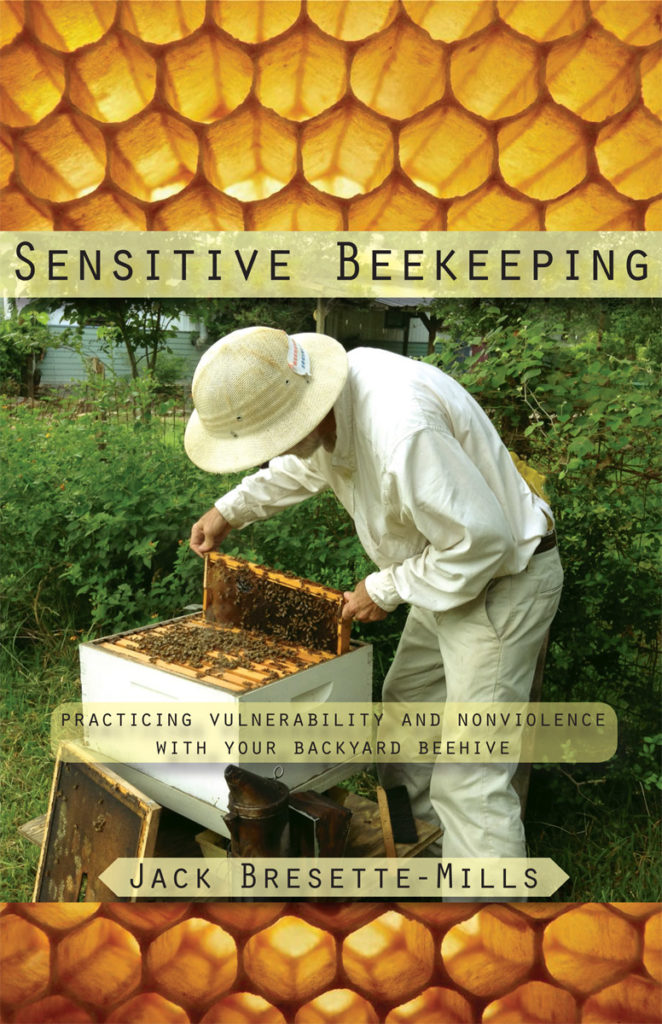Inside ‘Biodynamic Beekeeping’ by Matthias Thun
by Floris Books • 18 September 2020 • Biodynamics, Extract • 0 Comments

Modern beekeeping, influenced by new technologies and breeding methods, has increased honey production but left bee colonies weak and vulnerable to disease. With the alarming decline of the bee population raising concerns about an impending ecological crisis, many beekeepers are seeking a more sustainable way of caring for bees.

Biodynamic Beekeeping: A Sustainable Way to Keep Happy, Healthy Bees by Matthias Thun offers practical instruction on caring for bees using biodynamic theories and methods. By considering the influence of the movement of the stars and the planets on the bees’ natural habits, biodynamics encourages beekeepers to be more in tune with their bees indicating, for example, the best days on which to inspect colonies or gather honey.
Here, we share an extract from the book, which contains over 70 black-and-white photographs, exploring the increasing susceptibility of bees to disease.
Bee Diseases
Considering the substances that bees consume, it is almost incomprehensible that they can become diseased at all. Honey and pollen are considered healthy, disease-resisting substances by humans. So how does it happen that bees repeatedly suffer from diseases that sometimes lead to the death of whole colonies? A simple answer to this might be that the bees are so weakened in their organism that any pathogen can easily gain a foothold. Another contributing factor arises from problematic food substances which, as a result of constipation and diarrhoea, cause bees considerable difficulties.


In trying to discover why bees are so prone to disease nowadays, we do not have to look far for the ultimate cause: the human being. If bees were kept and raised in a bee-friendly manner that supports the whole colony organism, we would not be worrying today about how we will keep bees healthy for our descendants. It is not possible here to mention the many causes that have contributed to the increasing susceptibility of bees to disease, but we shall mention a few.
- In the section on combs, the round, sun-like shape of the colony’s body was discussed. This shape and the effects of its forces are ignored in modern beekeeping’s square or rectangular boxes.
- The effects of forces that are attributable to cell shapes get mixed up through so-called artificial queen breeding.
- By introducing alien, already mated queens, colonies are deprived of the process of rearing their own, new queen.
- Using foundation provides the bees with a poorer quality of material to construct their combs.
- Feeding sugar as winter feed gives them a honey substitute that lacks the floral forces necessary for life.
- By making hives with glued wooden boards, such as plywood or chipboard, or with foams, we create an unnatural screening effect against influences from the surroundings.
- By breeding and keeping non-local bee races, we deprive those races of the pollen and nectar types to which they had originally adapted.
- Through flying for forage in totally different landscapes, the bee organism repeatedly has to readapt itself to them.
- Through management methods involving, for example, frequent shuffling of the brood frames, or moving the entrance for swarm control, we disturb the integrity of the colony organism.
These points are unlikely to be recognised by all contemporary bee scientists, but whoever wants to get closer to the causes of disease in our bees should give these points careful thought.
Read on in Biodynamic Beekeeping by Matthias Thun.
Sadly, Matthias Thun passed away in June 2020 ahead of the publication of this book. To find out more about the legacy he left behind, read the obituary written by his daughter, Titia, here.
Keen to find out more about these fascinating creatures? Check out some of our other books on bees:
The Secrets of Bees: An Insider’s Guide to the Life of Honeybees by Michael Weiler provides a fascinating look at the secret life of bees, from buzzing around the garden to the sticky knife in the honey jar.
Sensitive Beekeeping: Practicing Vulnerability and Nonviolence with Your Backyard Beehive by Jack Bresette-Mills describes an approach to small-scale beekeeping which results in healthier, more sustainable hives and a physically, mentally and spiritually transformed beekeeper.

